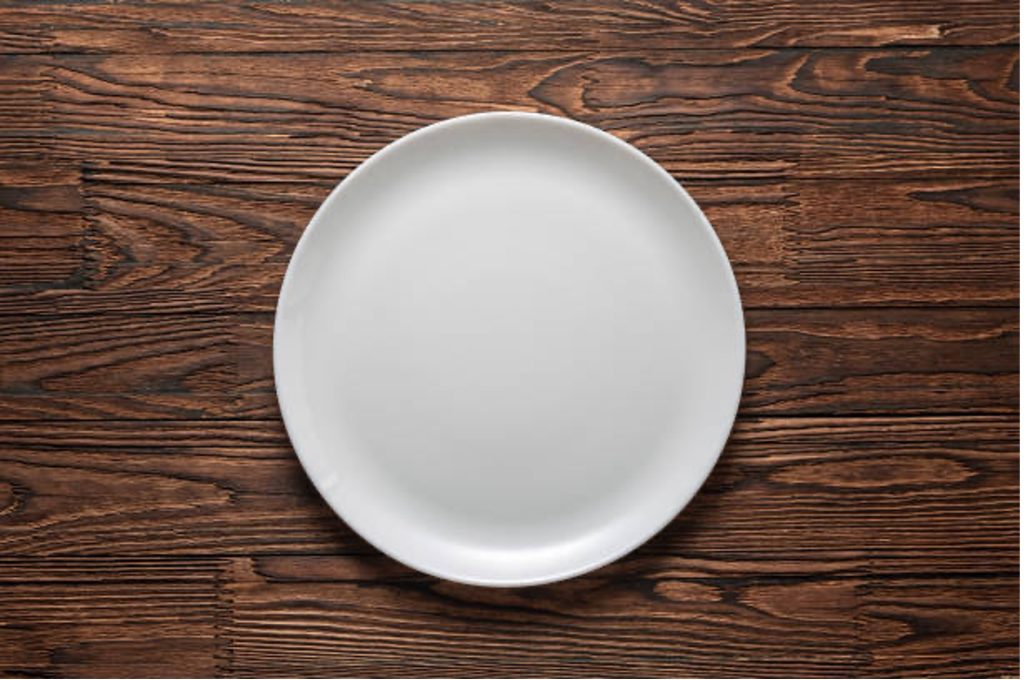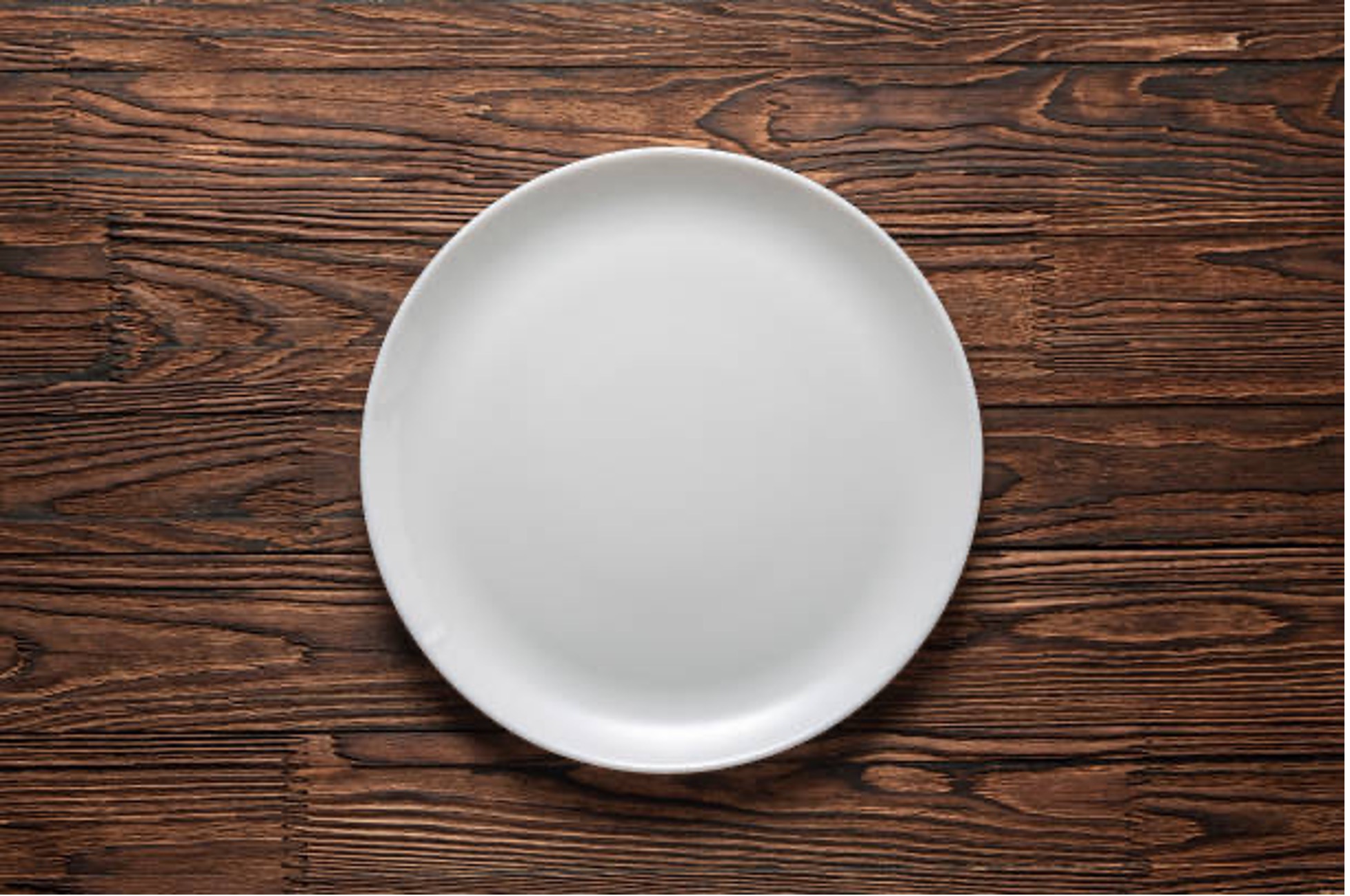Author: Miguel Jiménez.
In this increasing globalized world interdependencies are strengthened, and countries become very import-dependent to satisfy its citizens’ daily needs. Obviously, some of these needs are more important than others. For instance, the achievement of food security is one of them and it represents one of the biggest challenges of our time. Developing countries suffer from this illness the most, and this issue is often overlooked. Climate change and Covid 19 have made this goal even more unreachable by disrupting supply chains and fostering autarky. The current invasion is the cherry on top as it has closed down a major stream of food imports for low-income countries.
Beyond the Two Main Actors
June 24th marks the 4th month of Russian invasion in Ukraine. Roughly 120 days of ongoing humanitarian crisis which have resulted in the death of 4,266 civilians and the displacement of millions to neighboring countries. Negative economic effects have been even more immediate, with the markets of several sectors plummeting. The biggest toll is undoubtedly being suffered by Ukraine and Russia. According to the IMF, by the end of 2022, the former is expected to suffer a severed doble digit drop in GDP and the latter a large contraction.
However, besides the negative effects that the invader and the invaded are suffering, as well as the energy crisis especially striking Europe, the interruption in the supply and markets of crops due to the invasion may result in a major threat to food security in the developing world. Disruptions in the global food supply are not a new phenomenon. Between 2002 and 2008, the nominal price of food doubled as a result of droughts in food-exporting countries, food export bans and high energy prices. Nevertheless, current disruptions are unprecedented if the destructive impact of the invasion is coupled with other hunger-drivers such as COVID 19’s long-lasting effects and the devastating escalation of climate shocks.
To put it into context, Russia and Ukraine are agricultural production powerhouses. Together, they supply 12% of the world’s traded calories, mainly composed of wheat, barley, maize and sunflower oil. Yet, when one analyses the share that this represents in some of the importing countries, the strong dependence of the developing world comes to the surface. According to the FAO, 26 countries depend on Russia and Ukraine for at least 50 percent of their wheat imports.

The Enemies of Trade
These agriculture-market disruptions are caused by two major factors. Firstly, in order to erode the resistance put up by Ukrainians, Russia has been targeting all aspects of Ukraine’s agriculture with the intention of crippling a major source of the country’s income. Secondly, aside from hindering production, harvested crops have few ways of reaching offshore as Russia set a naval blockade in one of the main trading routes, the Black Sea. Thus, by March, record highs in the food market were reached, more concretely, in the FAO’s Cereal Price Index, Vegetable Oil Price Index and Meat Price Index.
Seeking for alternative producers would be the most coherent move by countries in need, as we are currently seeing with the restructuring of the energy trade. There are certainly alternative producers which under “normal circumstances” could step up and take care of the lack of supply. However, to make matters worse, offsetting production shortages and the disrupted supply channels is prevented by two reasons.
On the one hand, the effects of climate change are becoming a major barrier for stable crop production. For instance, the delayed rains in China and extreme temperatures in India, largest and second largest wheat producers in the world respectively, are sapping yields in breadbaskets. On the other hand, rising inflationary pressures, aggravated by the economic sanctions implemented to punish the invasor, have limited fertilizer exports from Russia and Belarus, inhibiting western farmers to boost productivity and capitalize on higher global prices.
From Coup d’ État to Devastating Famines
The mismatch between supply and demand is likely to extend to middle-income countries as well. The deployment of unprecedented fiscal packages during the pandemics to ensure a social safety net exhausted middle-income countries’ savings making them exceptionally poorly placed to cope with increased food insecurity. The combination of these factors created a weak balance which has been tilted by the invasion, resulting in civil unrest and devastating famines that are just starting.
Analysts are drawing parallels with the Arab spring revolts. Precisely one of the triggers for the outbreak of the coup d’état back in 2011 was attributed to high food prices. Currently, this factor has ultimately ousted Pakistan’s Prime Minister Imran Khan, incentivized the rise of deadly protests in Peru, and increased the likelihood of civil unrest by the end of the year in countries such as Philippines, Argentina and Tunisia.
Nevertheless, these consequences are mild relative to the massive famines that this invasion is causing and can cause in low-income countries. Food insecurity is a recurring trend in those parts of the world, and poor households tend to spend more of their budget on food. For instance, a sub-Saharan household spends up to 40% of their income in food. Therefore, a slight increase in such inelastic goods translates into a major shock for the household income. According to the FAO, food insecurity will worsen throughout this year in 20 “hunger hotspots and are in need of urgent humanitarian actions. Hunger hotspots stand for places where hunger is most severe. These countries tend to carry the burden of ongoing religious or ethnic-prone domestic conflicts as well. South Sudan, Nigeria and Ethiopia are perhaps the best examples of this perfect storm.
How do We Bring Back the Balance?
With this devastating scenario ahead, what is to be done to reestablish food supply chains and resume production? Attempting to restore damaged crops in highly disputed areas appears to be an impossible task for the time being, if we consider that the Ukrainian government forecasted the invasion to last until winter. The end of the war would not make the Black sea route viable in months either, as Ukraine has defended its coastline with mines and strategically sunk ships. What’s worse, reinforcing the creation of alternative trade routes does not seem viable as Ukraine’s rail system is wider than the EU’s, meaning loads would have to be switched to different wagons. Furthermore, grain wouldn’t even be reaching the places where it is needed most. These factors lead to the conclusion that the short-term solution for avoiding unprecedented famines ought to be outside of Ukraine.
Without overlooking Russia’s role in creating this situation, easing up on sanctions and switching the final use of crops may alleviate it. Firstly, the export of fertilizers account for less than 5 percent of Russia’s GDP yet it deeply has an impact on farmers’ decisions on what to grow, and in turn, prevents meeting developing countries’ demand. Thus, lifting sanctions on fertilizers could improve the situation. Secondly, about 10 percent of all grains are used to make biofuel and 18 percent of vegetable oil go to make biodiesel. To put it into perspective, that percentage of vegetable oil contains an amount of calories sufficient to feed more than 320 million people per year. Weakening biofuel mandates just like Finland and Croatia have done, should become the immediate trend.
One last resort is to rely on one of the most used development tools, aid. The US announced more than $320 million in humanitarian assistance in the horn of Africa. Yet even this falls short, as the amount of aid now is worth much less than a few years ago due to the ongoing inflation.
Conclusion
Russia’s invasion of Ukraine is the last event of a chain of events that have worsened the very fragile state of the developing world. The complexity of the situation makes finding a solution very tough and compromising already existing alliances. In spite of the fact that lifting sanctions may seem controversial, millions dying from starvation far outweighs avoiding financing Putin’s war. Even more if some of those restrictions, such as fertilizers and food, account for very little of Russia’s GDP and so much for millions of developing countries’ households.
